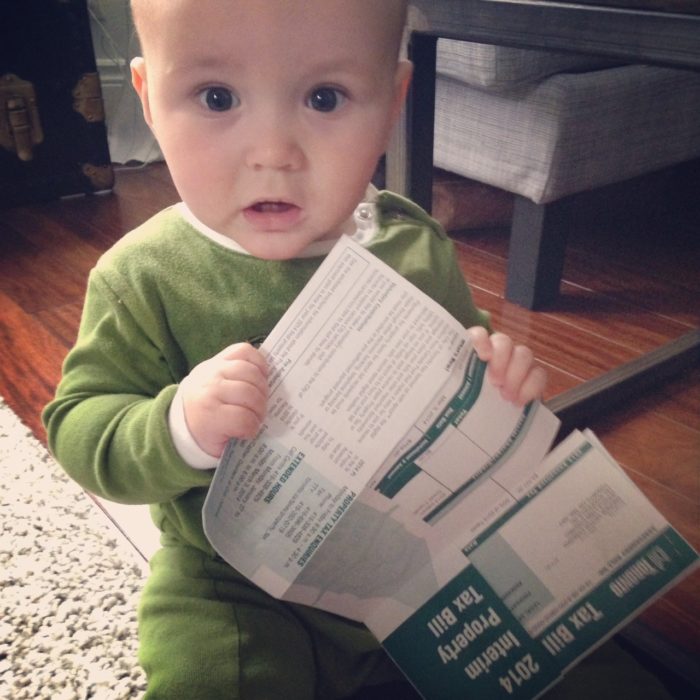
What You Need to Know About Your MPAC Assessement
By now, many Toronto home owners will have received their 2016 Municipal Property Assessment Corporation (MPAC) assessment notice revealing their property value as of January 1, 2016. This MPAC assessment is used to calculate your property taxes over the next four years and will be a basis for future assessments. I have already written about how we saved $2,500 in property taxes by disputing MPAC’s assessment back in 2014, and how Toronto’s property taxes stack up against other municipalities, so I will try to keep this short and to the point.
Here’s what you need to know:
- Your property taxes are calculated by multiplying the Total Tax Rate (City+Education+Transit) by your MPAC assessment value. Since property values have increased significantly over the past 5 years, Toronto’s tax rate has decreased, going from 0.79% in 2011 to 0.69% in 2016. This is not just the Rob Ford effect, but a case of higher property values needing a lower tax rate to meet budget requirements!
- Your property taxes are not going to go up just because your MPAC assessment has increased; in fact, they could actually go down. Essentially, the city needs to collect a set amount from property taxes. MPAC assessments have Toronto’s housing values going up by 30% from 2o12 to 2016. With these increased property values, the city can lower it’s tax rate to get to the set amount it needs. So if your home value goes up, but doesn’t exceed the average increase in value, the lowered tax rate will off-set your increased property value. Homes that didn’t see such strong appreciation can expect a break on their property tax bill. Still confused/want more detail? Check out this article from the Torontoist.
- Your assessed value is based on the value as of January 1, 2016. When considering if your assessment was fair, focus on what your house should have sold for at the start of this year. The most accurate comparables would be solds from fall/winter 2015.
- You should only submit a Request For Reconsideration (RFR) if you can show that MPAC has assessed you too high. By submitting an RFR, you are essentially asking them to reconsider their valuation which means they could, although unlikely, re-assess your home with a higher valuation.
- If submitting an RFR for the 2017 Tax Year, it is due by September 29, 2016. The easiest way is to visit to www.aboutmyproperty.ca and create a login (note, you will need your property assessment notice to do this). You will be able to see comparable sales in your neighbourhood and submit a RFR if you feel it’s appropriate. You can also access RFR forms directly here.
- MPAC assessments are phased in over 4 years from the 2017 to 2020 Tax Years, so you won’t be paying taxes on that assessed value until the last year of this cycle, 2020.
- This property tax calculator can be helpful in looking at how much property tax you can expect to pay for 2016 when buying a house in Toronto. It’s important to note that in future years, tax rates and property values will change, so this calculator is really just to give you an idea of current property taxes.
Want to talk MPAC assessments? Drop me a line here.
